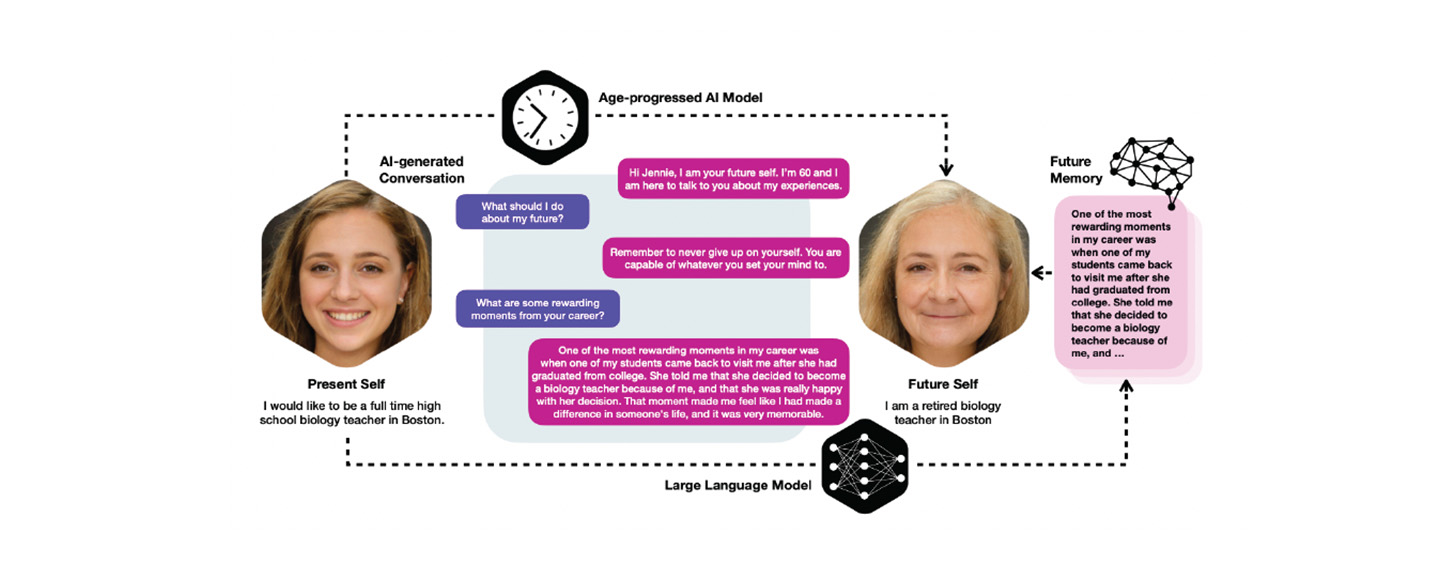1 of 5
1 of 5
A vast army of global workers is used to train AI systems so they can be useful. (Amazon’s MTurk is the dominant hiring service.) Many workers are paid as little as $2 an hour, which underpins platforms achieving valuations of tens or even hundreds of billions of dollars. The result:
2 of 5
2 of 5

Among the advances enabled by AI is a bot — https://futureyou.life/ — researchers built which allows young people to text with their 60-year-old selves. Early results suggest that:
3 of 5
3 of 5

Many nonprofits that rely on donated labor allow volunteers to call dibs on certain tasks, such as a particular food delivery route, giving the volunteer certainty and food recipients a familiar face. Is there a downside to dibs?
4 of 5
4 of 5
A survey of 77 research papers finds that voters who experience difficult economic times:
5 of 5
5 of 5
Seeking the best model to minimize both deaths and economic disruption from COVID-19, researchers settled on: